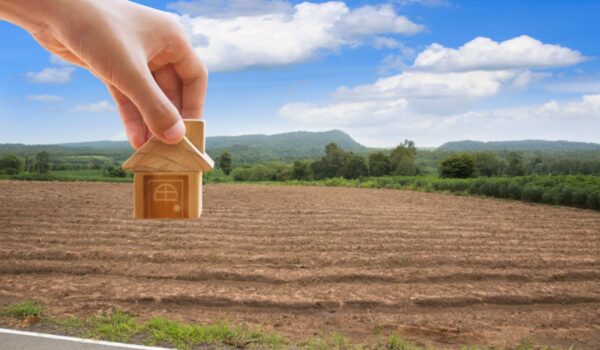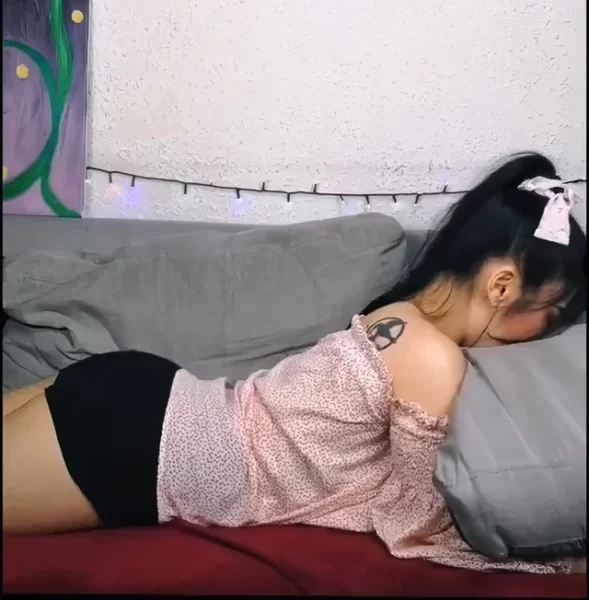While most real estate agents take an anything-I-can-get approach, the truth is that generalists are rarely the most successful agents in the industry. As the classic business saying goes, there are riches in niches! And what better way to develop a niche than using real estate farming?
What is Real Estate Farming?
According to real estate coach Chris Linsell, “Real estate farming is a lead generation strategy designed to position you as an area’s go-to agent using high-quality marketing targeted to homeowners in a specific neighborhood. Done successfully, you can capture 30%+ of all sales in your target area and establish a reliable source of annual income. Want to become your neighborhood’s go-to agent?”
In other words, real estate farming is all about picking an area, owning that area, and positioning yourself as the ultimate expert in that neighborhood (so that you’re the go-to agent for listings).
The beauty of a farming strategy is that you can truly become an expert. When you’re listing 30 percent or more of the homes in a neighborhood, you don’t even have to think twice about comparables, listing prices, appraisals, and other sticky issues. You’ll become so familiar with the market that your clients will be amazed by how accurate you are.
Another benefit of real estate farming is that it’s replicable. Once you carve out one neighborhood, you can apply the same techniques to another. (And this time you can bring a junior agent along with you.) This is how you scale from a six-figure producer to a seven-figure producer.
A Real Estate Farming Strategy That Flat Out Works
If you’re ready to get serious about real estate farming – or if you’re simply interested in knowing how it works – here’s one highly effective approach:
- Find a Farm-Friendly Turnover Rate
The key is to pick a farm-friendly area. And what makes an area farm-friendly? A relatively high turnover rate.
For an area to produce a lot of listings, there has to be steady annual turnover. Ideally, you’re looking at somewhere in the five to seven percent range. That means if there are 300 homes in the subdivision, there will be somewhere between 15 to 21 homes listed per year.
It’s highly unlikely that you’re going to get 100 percent of the listings in any farming area. While you can reasonably strive for 25 to 40 percent, that’s usually the upper limit. So anything less than a five percent annual turnover rate typically means there won’t be enough volume to justify your investment.
- Review the Agent Saturation
The next step is to review how many listing agents are selling homes in this area. Ideally, you’d like to see a lot of agents in the area. This usually means nobody has claimed the market yet, and it’s up for grabs. If, on the other hand, you see one agent with 25 percent or more of the listings, this means that agent already has a pretty good grip on the neighborhood.
- Set a Budget
In this strategy, we’re relying on postcards to reach homeowners. And while postcards are inexpensive, you still need to figure out a budget. For reference, Wise Pelican postcards typically cost 70 cents per card (including design, printing, and postage). So if the neighborhood consists of 300 houses, one round of mailers would cost you roughly $210. You can multiply that by the number of times you need to mail and you’ll arrive at the total annual cost.
- Design Simple Postcards
Real estate postcards don’t need to be fancy. In fact, simple is usually best. Use a pre-existing template and customize it to include the homeowner’s information, your information, and anything else you deem important. (Many agents get hung up on design, but it’s best to pick something quickly and move on.)
- Mail at Least 7+ Times
You don’t mail one time and then call it a day. Research shows that most prospects will not respond in the first four touches. It usually requires at least seven consistent touchpoints to get someone to engage. Keep this in mind when creating your budget and planning out your postcard marketing strategy.
Take Your Real Estate Farming to the Next Level
There are dozens of unique strategies you can take to become a successful real estate agent. And while farming isn’t the only way, it’s certainly one of the best. It’s cost-effective, straightforward, and repeatable. Give it a try and let us know what you think!





